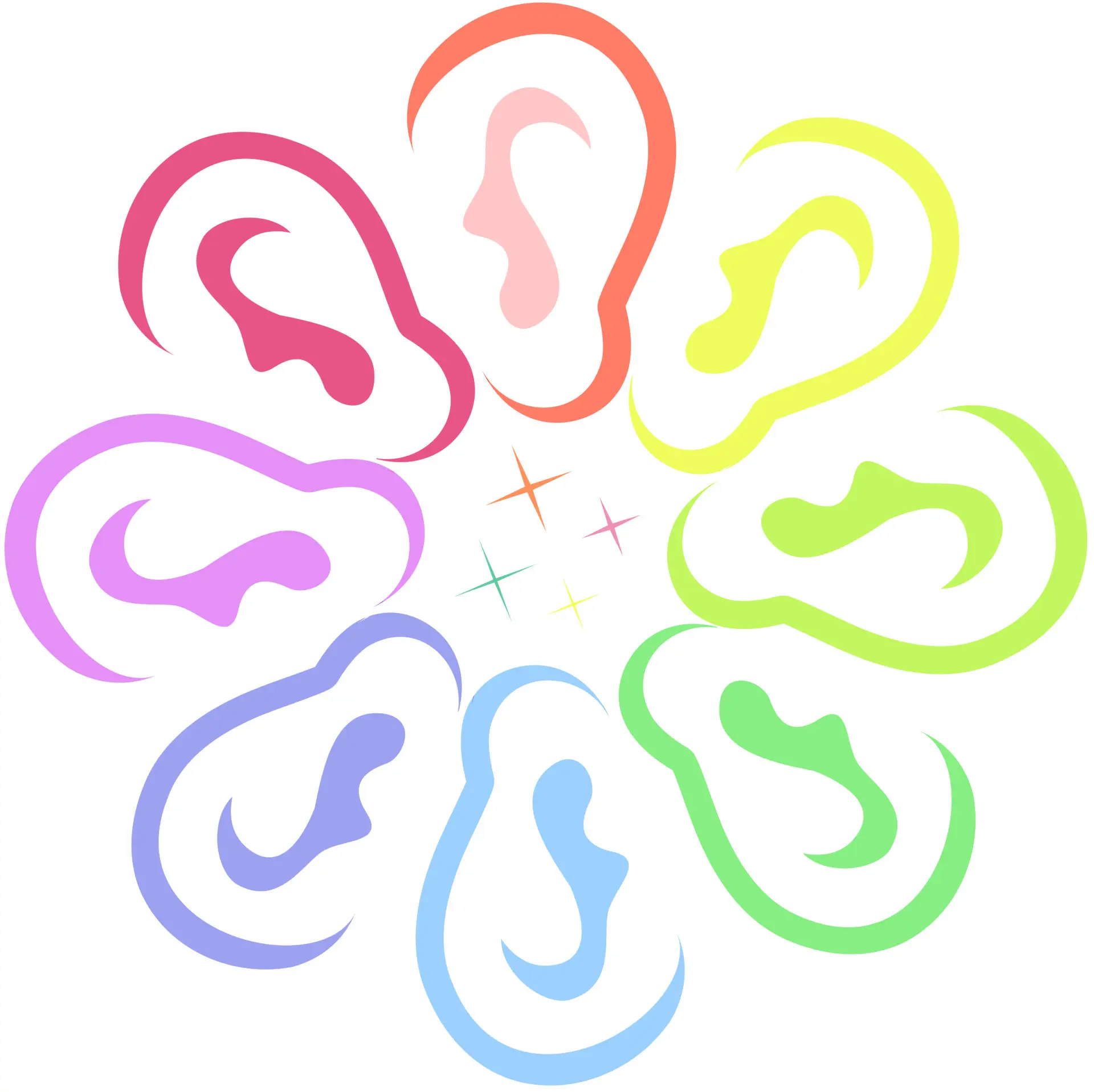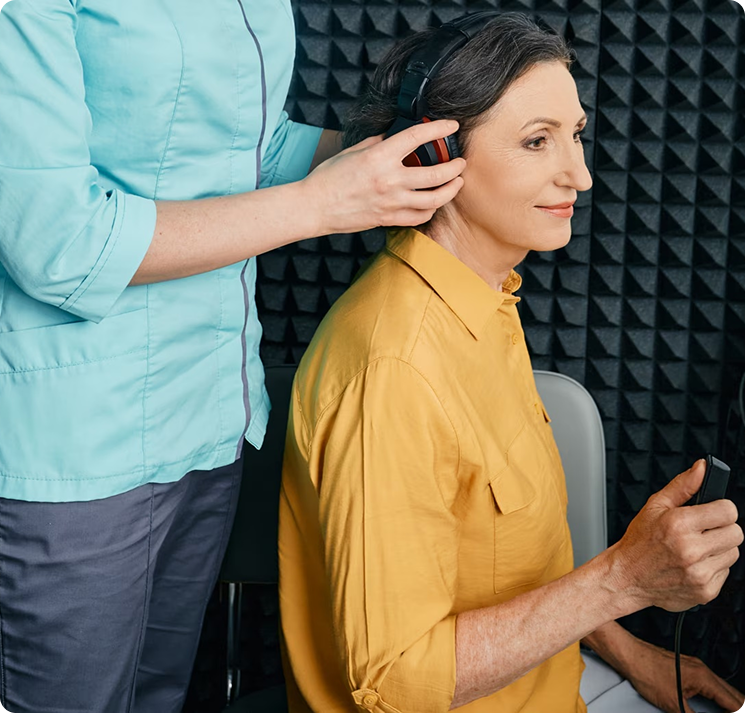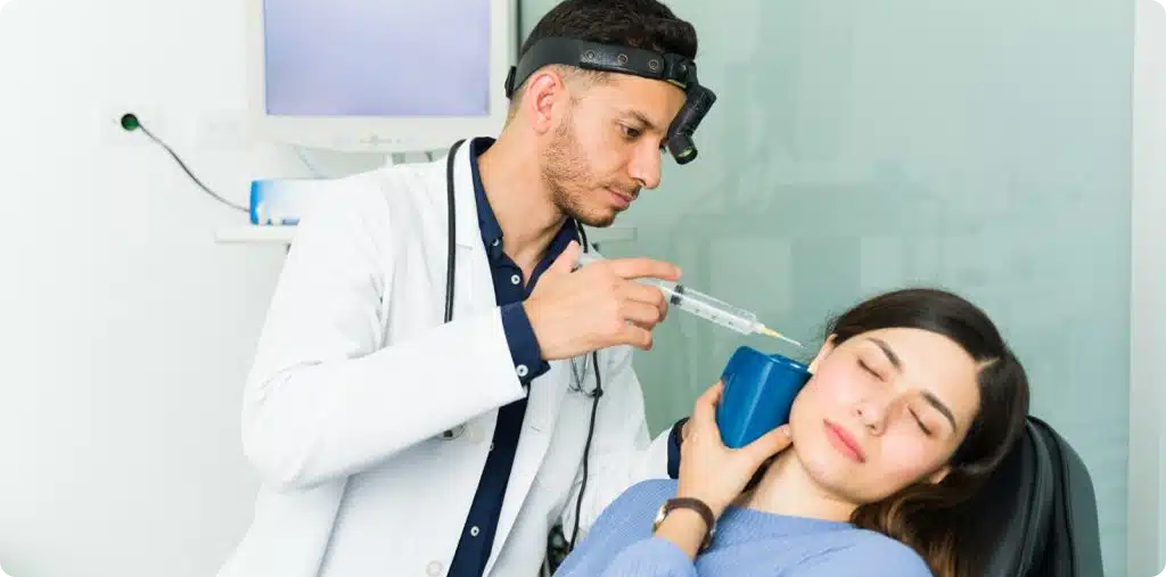Searching the web for the quickest way to clear blocked ears often leads to two options – traditional ear syringing and modern microsuction ear wax removal.
Both claim fast results, yet they differ wildly in safety, comfort, and after‑care.
This guide unpacks each technique, busts common myths, and helps you choose the method that puts crystal‑clear hearing back on your calendar.
In less than ten minutes, you will discover:
- How syringing and microsuction actually work
- Side‑by‑side benefits & drawbacks
- When olive oil ear drops are useful and when they fail
- Real patient stories and price clues
- A simple checklist to decide what’s right for you
What is Ear Syringing?
Ear syringing is a method of earwax removal where warm water is gently squirted into the ear canal. It helps soften and flush out built-up wax, causing blockage or discomfort.
How it’s done
- The nurse or GP warms sterile water to body temperature.
- Wax is pre‑softened for five days with olive oil ear drops.
- A syringe or electric irrigator directs a gentle stream toward the canal wall.
- Water and debris exit into a kidney‑shaped basin.
Pros
- Widely available at many GP practices.
- Quick – often under ten minutes per ear.
- Feels familiar to long‑time GP patients.
Cons
- Water introduces infection risk, especially for eczema or diabetic ears.
- Cannot be used on perforated eardrums or grommets.
- Residual moisture may cause short‑term dizziness.
- Reports of temporary hearing loss or eardrum perforation occur in roughly 1 in 1000 cases 1.
What is Microsuction Ear Wax Removal?
Microsuction ear wax removal involves using a gentle suction tool to clear earwax under direct visual guidance. It’s considered one of the safest and most effective methods available today.
How it’s done
- The audiologist inserts a bright otoscope and camera to view the canal.
- A fine suction probe gently lifts and extracts wax.
- At Dewaxify, an AI overlay outlines wax edges in real-time, guiding the probe tip’s movement.
Pros
- No water – lower infection risk and safe for perforated eardrums.
- Real‑time vision means precise, tissue‑friendly removal.
- Instant recovery; no fluid to drain or dry.
- Ideal for hearing‑aid users and swimmers.
Cons
- Requires specialised equipment, so fewer clinics offer it.
- A slight whirring noise may startle nervous patients.
- Occasionally costs a bit more upfront but usually saves repeat visits.
Head‑to‑Head Comparison
| Factor | Ear Syringing | Microsuction |
| Visibility | Blind water flush | Full microscope view |
| Water used | Yes | No |
| Suitability for perforations | Not advised | Safe |
| Average chair time | 10 – 15 min | 20 – 25 min |
| Infection risk | Moderate | Very low |
| Mess & downtime | Can feel wet, dizzy | Dry, walk out clear |
| Follow‑up needed | Sometimes | Rarely |
When syringing might still serve you
- Your GP offers it free, and you have no history of ear surgery.
- You prefer familiar NHS procedures and can tolerate slight moisture.
- Wax is soft, shallow, and the ears are infection‑free.
When Microsuction is the smarter pick
- You have perforated eardrums, ear tubes, or chronic infections.
- Hearing aids or AirPods need to stay dry.
- You want the same‑day clarity with minimal mess.
- Previous syringing left you dizzy or unwell.
Costs and booking tips
Private UK clinics charge roughly £50–£100 for syringing and £65–£115 for microsuction.
Dewaxify bundles both ears, and a free hearing test online follows‑up in one transparent fee.
For a full breakdown of our pricing and what’s included, visit our detailed pricing page. We also offer a free hearing screen for over 50s, along with transparent, no-hidden-cost ear care options.
How Olive Oil Ear Drops Fit In?
- Before either procedure: soften hardened plugs with two drops twice daily for three to five days.
- Maintenance: one night per month keeps the wax mobile.
- Not a cure‑all: drops alone rarely clear deep, dry plugs – they are a primer, not the full fix.
Real story: Ethan’s upgrade from syringing to microsuction
Ethan, a 41‑year‑old podcaster, used syringing for years until moisture left his recording ear ringing for days. He searched for microsuction ear wax removal and booked Dewaxify.
Watching the wax removal process live on screen made him feel part of the process, and he walked out ready to edit audio the same afternoon.
Quick Decision Checklist
- Do you have tubes, perforations, or past infections?
- Go with microsuction – it’s safer and gentler for sensitive ears.
- Go with microsuction – it’s safer and gentler for sensitive ears.
- Is budget a concern, and your general practitioners (GP) offers syringing for free?
- Yes → Syringing could work well if your ears are otherwise healthy.
- Yes → Syringing could work well if your ears are otherwise healthy.
- On a tight schedule or planning to drive post-appointment?
- → Microsuction is water-free and mess-free, so you can carry on with your day
- → Microsuction is water-free and mess-free, so you can carry on with your day
- Do you wear hearing aids?
- → Microsuction is ideal – it won’t affect your electronics
- → Microsuction is ideal – it won’t affect your electronics
Still unsure? Run our free hearing test online or call for advice.
Ready to hear every detail again?
Skip guesswork. Book your microscope‑clear microsuction session with Dewaxify London today, or call for a friendly chat about syringing versus suction.
Ears decide, you win.
Frequently Asked Questions
Is microsuction painful?
No, most people rate discomfort below 2 / 10 and say the suction feels like a light breeze.
Can a syringe damage my hearing?
Rarely, yet possible if pressure is too high or eardrum is thin.
Which method is fastest? Ear Syringing or Microsuction
Microsuction typically clears wax in one pass; syringing may take multiple flushes. Microsuction takes around 15 to 30 minutes.
Do I need olive oil ear drops every time?
Yes, soft wax equals quicker, safer removal regardless of method.
How often should I get wax removed?
Every six to twelve months for heavy wax producers or hearing‑aid wearers.




